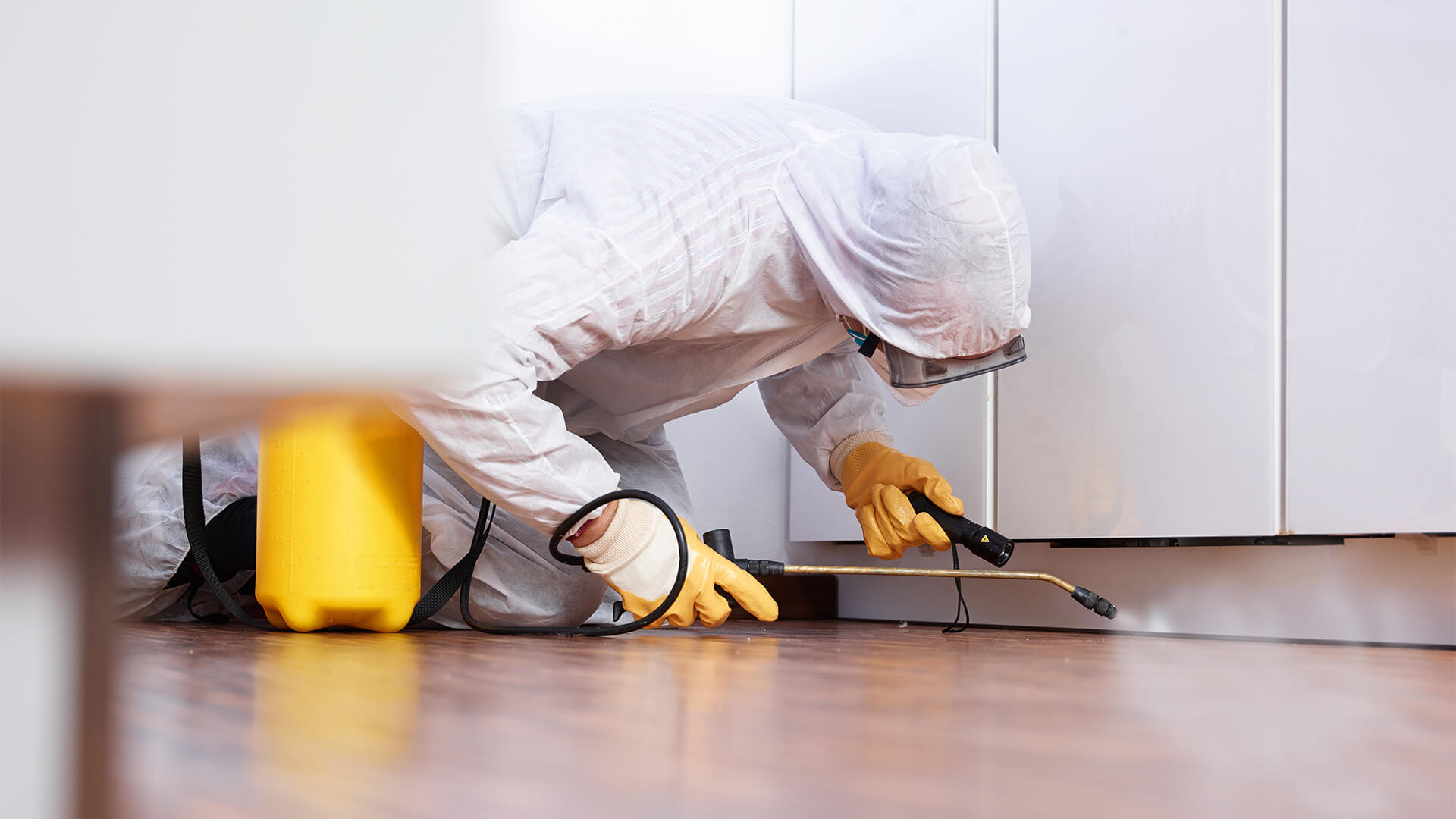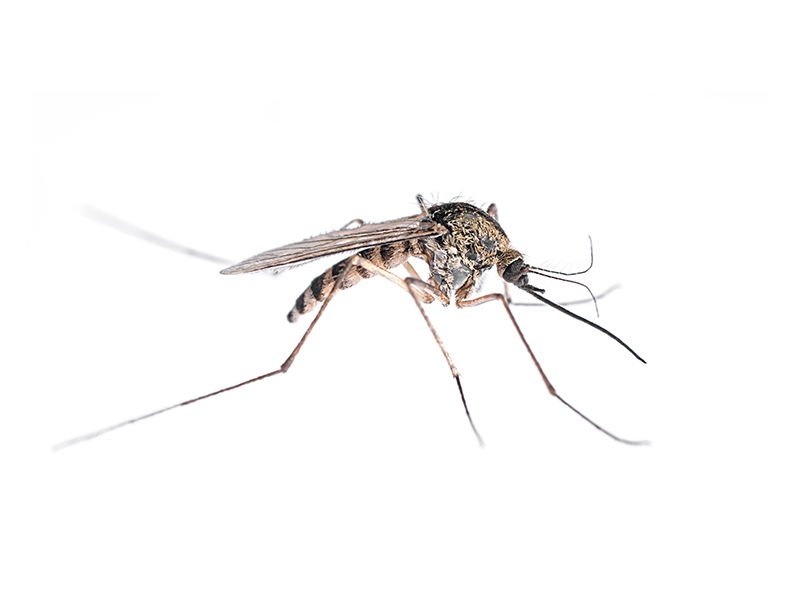Guaranteed Pest Control for total pest elimination.
Guaranteed Pest Control for total pest elimination.
Blog Article
Eco-Friendly Insect Control Approaches for Managing Wild Animals in Urban Areas
Urban areas frequently find themselves at the intersection of human activity and wildlife, leading to unique difficulties in parasite administration. Green approaches stress lasting coexistence, employing strategies such as habitat alteration and all-natural repellents to minimize human-wildlife problems. These strategies not just safeguard the setting but also enhance area interaction in wild animals administration. As city populations remain to expand, comprehending the characteristics of wildlife interactions comes to be significantly crucial. What innovative methods can be applied to make sure both environmental equilibrium and city safety? Discovering this inquiry reveals a compelling landscape of potential solutions.
Comprehending Urban Wildlife Dynamics
Understanding Urban Wildlife Dynamics is necessary for establishing effective and green pest control methods. Urban locations are progressively coming to be environments for numerous wildlife types, driven by elements such as habitat fragmentation, food accessibility, and human infringement. Identifying these dynamics enables a nuanced technique to pest monitoring that straightens with ecological principles.
Urban wildlife typically includes species such as raccoons, squirrels, and birds, which adjust to city environments, locating specific niches in eco-friendly areas, parks, and also houses. Their visibility can lead to conflicts with human beings, especially when they make use of human sources for food and sanctuary. Comprehending the habits and ecological roles of these species educates methods that decrease unfavorable communications while advertising biodiversity.
Additionally, recognizing the interdependencies within urban ecosystems assists in determining crucial locations for habitat preservation and repair. This knowledge adds to the advancement of integrated bug administration (IPM) methods that consider the ecological equilibrium, consequently lowering reliance on unsafe chemicals. By fostering coexistence between humans and metropolitan wild animals, cities can develop healthier environments that benefit both residents and regional communities, leading the way for sustainable city living.
Natural Repellents and Deterrents
All-natural repellents and deterrents provide a lasting choice to traditional parasite control techniques by using the power of nature to maintain undesirable varieties away. These green remedies typically make use of plant-based ingredients, vital oils, and various other naturally happening materials that prevent parasites without damaging the environment.
One efficient natural repellent is peppermint oil, which is understood to push back rats and pests. Its strong fragrance is unpleasant to several bugs, making it a popular option for city settings. Vinegar and citrus peels can serve as deterrents, as their solid smells are normally uninviting to different wildlife.
Additionally, diatomaceous planet is a natural powder that can be spread out in locations vulnerable to pest activity, efficiently drying out and deterring insects without presenting dangers to non-target types. In addition, garlic sprays and neem oil are recognized for their capability to fend off a broad range of pests, including both pests and larger wild animals.
Carrying out these natural repellents not just decreases reliance on chemical pesticides however additionally promotes a healthier metropolitan ecosystem, cultivating an extra balanced coexistence between human beings and wild animals. By using these methods, metropolitan locations can efficiently manage parasite populaces while minimizing ecological impact.
Habitat Adjustment Strategies
Reliable environment modification methods play a vital role in sustainable pest administration by modifying the setting to make it less for pest infestations. By recognizing the environmental dynamics of urban locations, property owners can execute tactical alterations that discourage parasites while advertising biodiversity.
(Termite treatment Port Charlotte)One main technique includes preserving proper hygiene. This consists of regular waste removal, protecting trash can, and getting rid of standing water to reduce breeding websites for insects and rodents. In addition, landscape design techniques such as selecting indigenous plants can enhance eco-friendly image source balance, offering habitats for valuable microorganisms while decreasing sources for insects.
Another important technique is to secure entrance factors in structures. Examining and repairing cracks in structures, walls, and home windows can dramatically minimize pest accessibility. Developing physical barriers, such as fences or plant barriers, can prevent wildlife movement right into human-inhabited locations.
Integrated Pest Monitoring Practices
Building upon habitat alteration methods, incorporated pest monitoring (IPM) techniques provide an all natural strategy to regulating pest populations while lessening ecological effect. IPM combines various strategies, consisting of organic, cultural, mechanical, and chemical controls, to achieve effective bug administration.
Biological control includes the introduction of all-natural killers or parasites to reduce pest populaces. Cultural practices, such as plant turning and cleanliness, disrupt pest life process and decrease their habitats - Pest Control. Mechanical controls, like traps and obstacles, offer prompt remedy for pest pressures without chemical intervention
Chemical controls are used as a last hotel, concentrating on targeted applications that limit harm to non-target species and the setting. The option of eco pleasant chemicals, when needed, is important to the IPM structure. Furthermore, checking parasite populations and evaluating potential damage helps notify decision-making, ensuring that treatments are timely and efficient.
Community Participation and Education And Learning

(Flea control Port Charlotte)Workshops and informative sessions can equip citizens with understanding regarding indigenous species, environment preservation, and reliable non-toxic bug administration methods. Partnership with institutions, regional organizations, and federal government agencies further boosts educational outreach, making certain that vital details reaches diverse audiences.
Additionally, community-led initiatives, such as community clean-up days and habitat repair jobs, not just advertise biodiversity however also strengthen area connections. Pest control service. By encouraging residents to share their experiences and observations, areas can create targeted techniques that address particular neighborhood bug concerns
Including feedback from homeowners right into pest administration prepares makes it possible for a much more receptive and adaptive technique to wild animals obstacles. Inevitably, educated and involved communities are vital to accomplishing lasting success in environment-friendly bug control, resulting in healthier urban settings that respect both human and eco-friendly needs.

Verdict
In conclusion, eco-friendly bug control approaches offer lasting solutions for taking care of urban wild animals. By focusing on environment alteration, making use of all-natural repellents, and applying integrated bug monitoring techniques, communities can foster an unified conjunction with regional fauna. Additionally, engaging locals with education boosts awareness and encourages liable wildlife interactions. Eventually, these approaches not only protect biodiversity however likewise advertise environmental health, ensuring metropolitan areas stay vibrant ecological communities where humans and wildlife prosper with each other.
Report this page